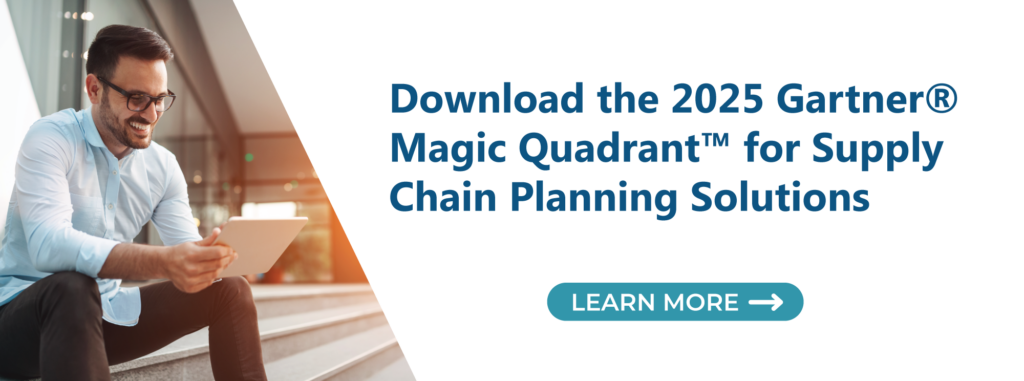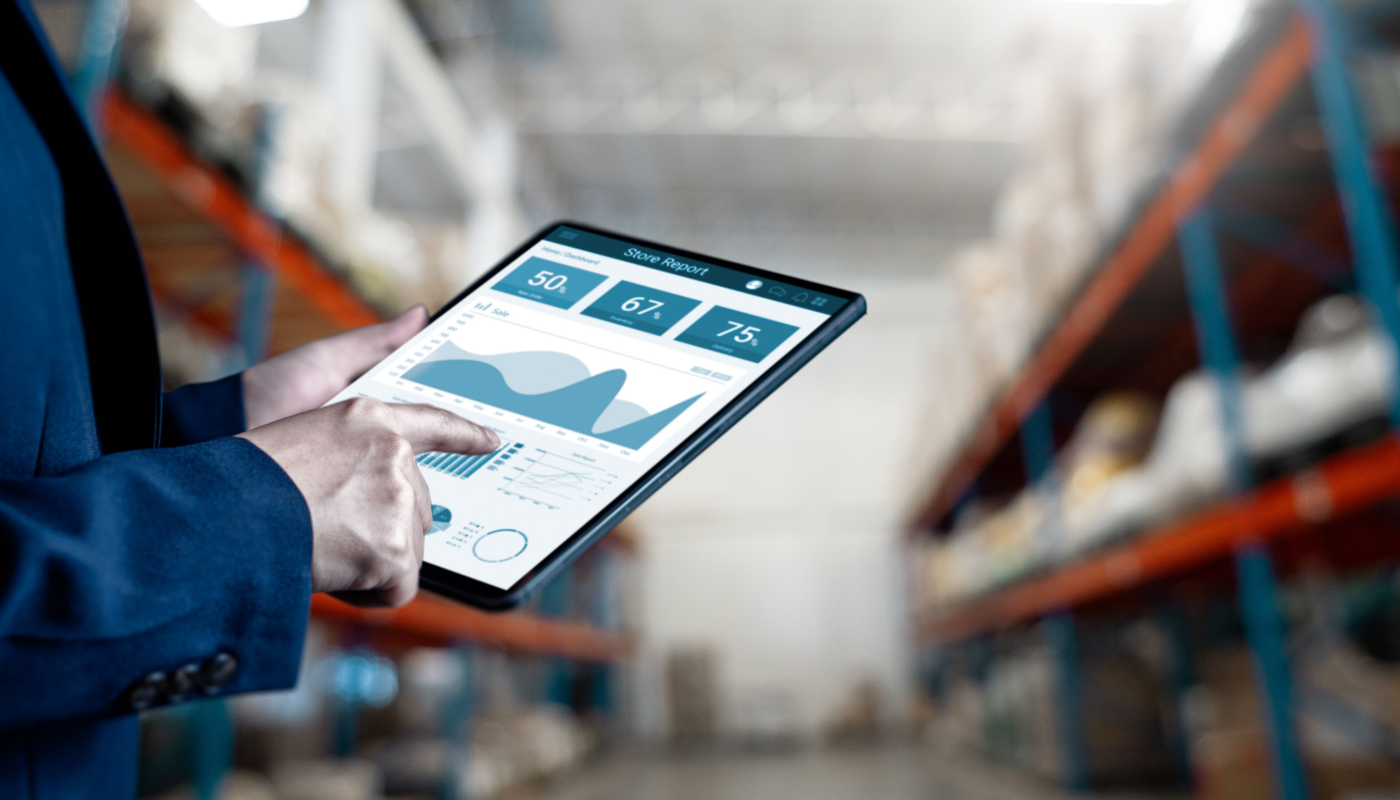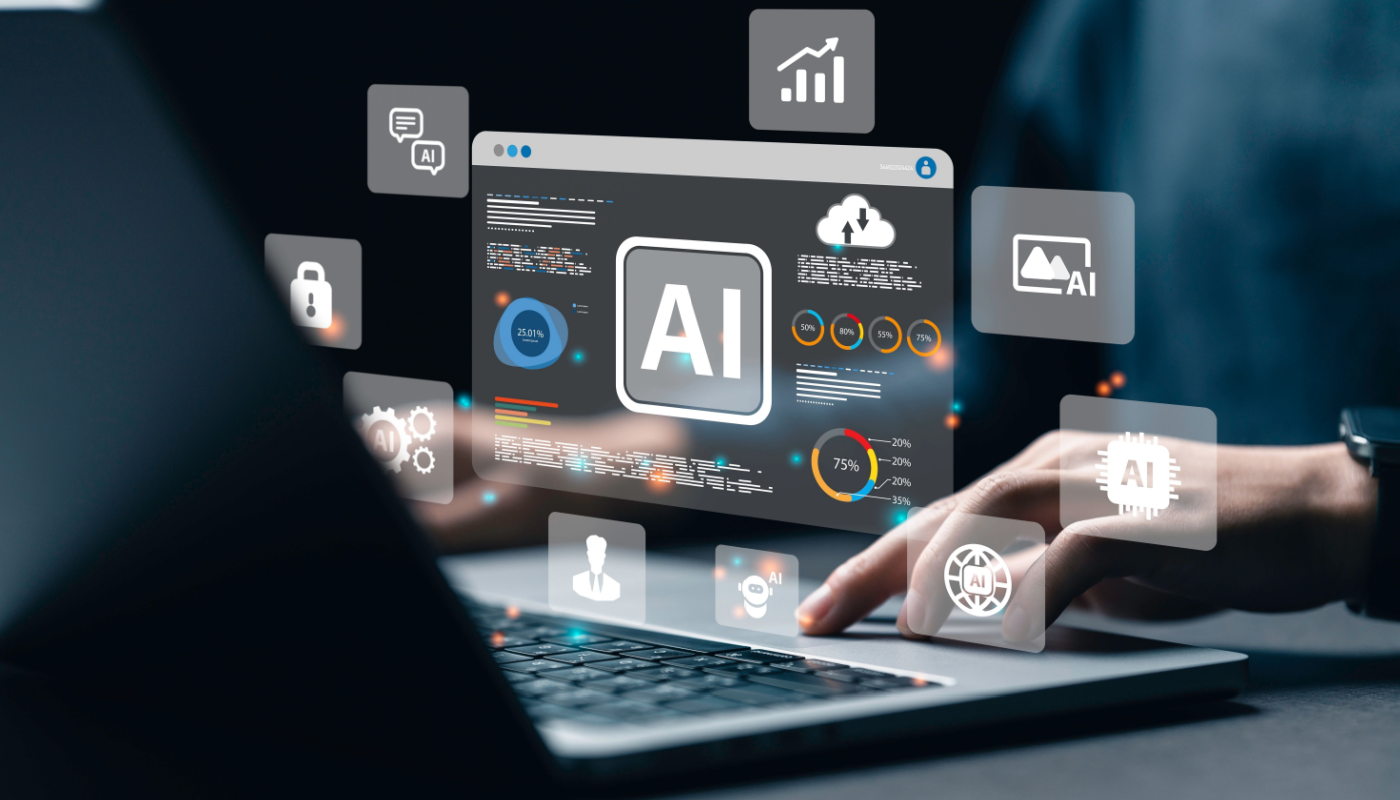I had the pleasure of attending the Gartner conference in Orlando. Over the years, I have probably been to this event 10+ times. Each year, it grows in size and influence, and this year was no exception. I wanted to take a moment to share some key themes and takeaways from this year’s event.
First and foremost, it seemed that the number of attendees grew again. At different times I heard numbers in the range of 4,000 to 5,000 participants. I am sure Gartner will publish the official numbers. There was a healthy mix of people from supply chain, risk management, procurement, IT and many more. This included practitioners as well as exhibitors.
Keynote Themes: Navigating Uncertainty
The first keynote speaker, Ken Chadwick, talked about the amount of uncertainty in the marketplace. He emphasized how uncertainty is increasing and is a primary concern for supply chain leaders. As a way to deal with this uncertainty, he emphasized the need for advanced visibility and scenario planning.
Advanced visibility is related to keeping ears to the ground and having the tools, connections and other sources to be able to sense disruption before it hits. Some of it of course could be based on intuition, but it also can be helped by access to technologies that are predictive in nature.
Scenario planning comes into play when the practitioners want to evaluate ways to deal with this uncertainty. For this, he emphasized a need for building a model that represents the business in a digital way. With such a model in hand, a user can create scenarios and change one or multiple inputs.
The example he used the most was around tariffs, which continue to evolve unpredictably. He talked about evaluating the impact of these changes via the model where one could evaluate the impact on lead times and customer service as well as profitability for the various possible tariff structures. He advised to run multiple scenarios so that there was a good starting point to deal with an evolving new situation.
A notable addition this year was the introduction of the Magic Quadrant for Risk Management Software. The idea is similar: These companies are scanning the horizon to find emerging risks so they can inform companies on which of their product lines, manufacturing locations or customers could potentially be impacted. The type of risks being evaluated were diverse; from weather to child labor to illegal business practices. I can easily see that visibility into such risks can be beneficial to a company. Combined with the scenario capabilities of companies like Arkieva, this can be a powerful planning tool and can help the company be better prepared to deal with an adverse event like a block on a shipment from customs.
Another clear trend was the increasing sophistication in how companies are leveraging data. Whether it was the risk-related data mentioned above, or driving insights from POS data across different retailers such as Walmart, Target, Costco etc., it seemed data continues to be put to good use to drive business insights. It also seems that there are many companies who are poised to take this data, mask it and enable aggregate level analysis to show current trends across multiple geographies and retailers. I am sure this is not new; but it seemed there were more providers with this type of capability this time around.
The robotics trend continued to gain momentum, particularly in warehouse automation. As in previous years, there was a noticeable increase in robotics solution providers, highlighting the ongoing investment in efficiency and labor augmentation.
AI Everywhere You Turn
The final piece I want to talk about is artificial intelligence or AI. There were more companies with websites ending in .ai than I remembered from the years past. There were many companies that were leading with big bold AI printed on their booth and there were multiple presentations on AI. I must have gotten some version of “What are you doing with AI?” at least 15 times. I noted that in our field of supply chain planning, almost all the vendors mentioned AI, be it predictive, generative, or agentic.
At our booth, we did multiple demos of AI capabilities within our software, showcasing how these capabilities support better planning outcomes. Similarly, the risk management software companies mentioned AI as the underlying engine that identified risks. Transportation vendors in particular showcased AI agents that dynamically adjust ETAs based on real-time disruptions.
Overall, it was another impactful year at the Gartner Supply Chain Symposium. The blend of insight, innovation and real-word application made it a worthwhile experience. Here’s hoping the momentum continues into the next year.






